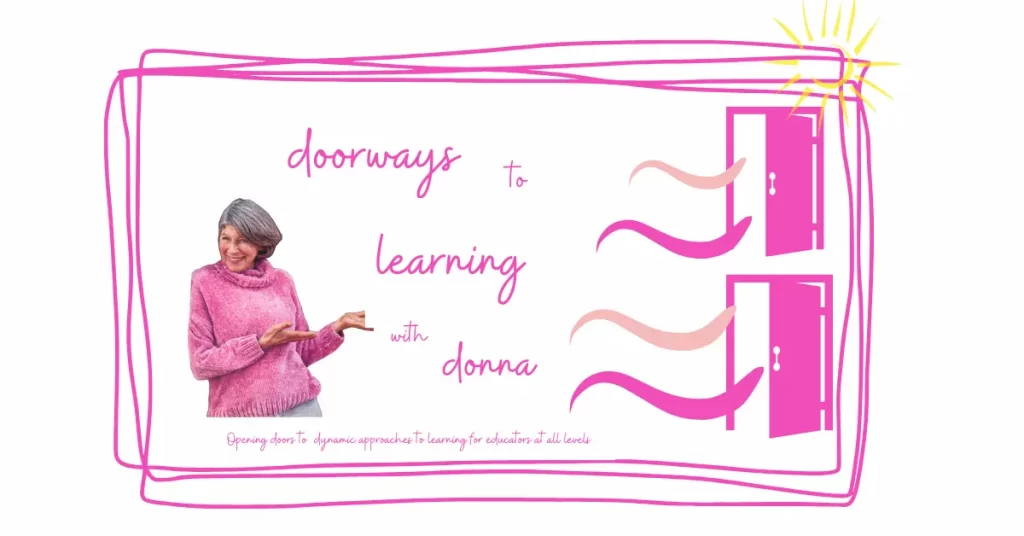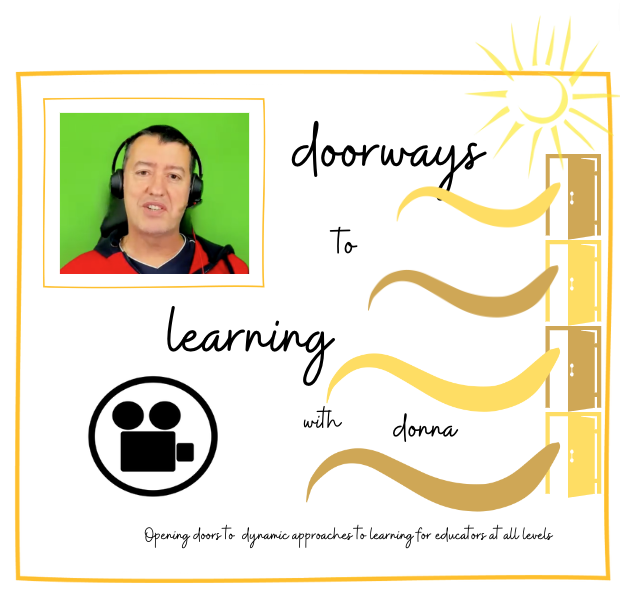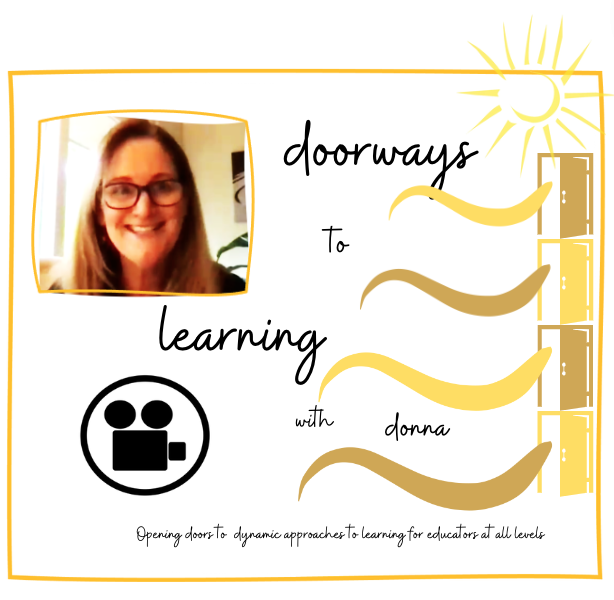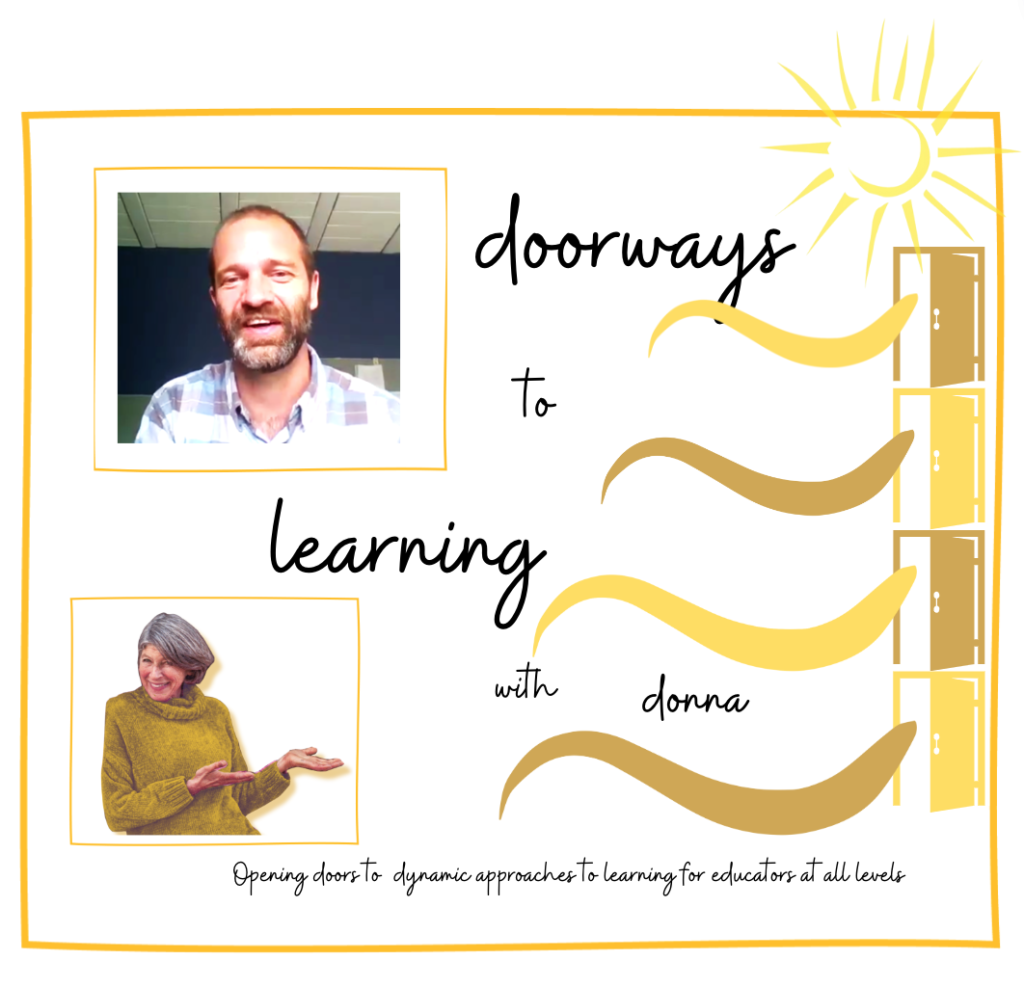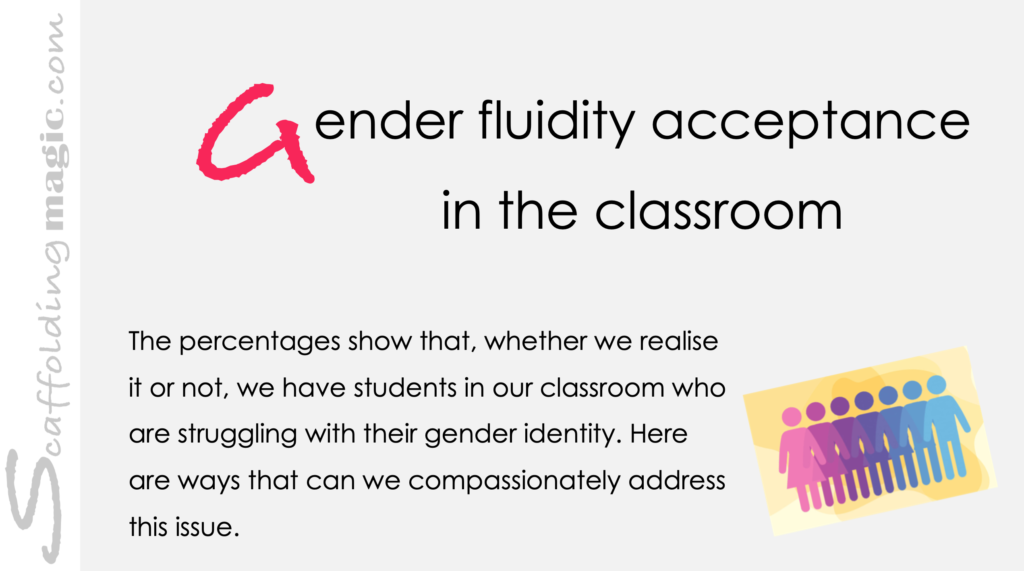
Download PDF of blog here.
Why do I need to think about gender fluidity in my language classroom?
Supportive educators save students’ lives. Having just one visibly supportive educator in a school can ensure that all our students – especially those negotiating gender fluidity – feel safe, welcomed, and encouraged to learn. Language teachers can play an important role in promoting acceptance and tolerance. as this is aligned with the underlying curriculum of negotiation through language.
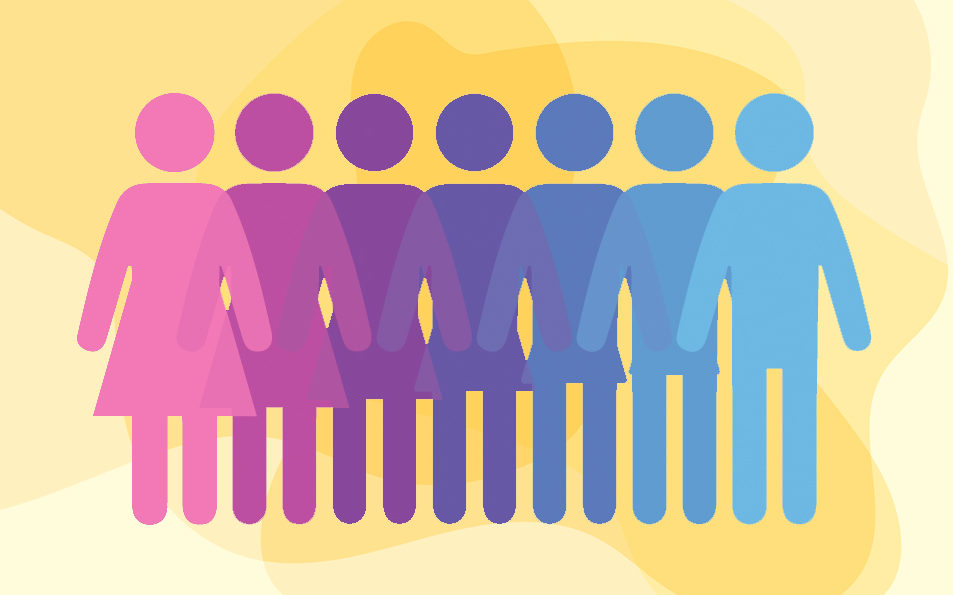
As language teachers, we are leaders in how we react and model inclusive attitudes. The issue of gender fluidity falls into this practice, no matter what our beliefs on the matter may be. In fact, languages – learning to interrelate – and breaking down non-binary perspectives, are the same: as language teachers, our job is to help all our students to become more effective and compassionate communicators, by considering and accepting differences.
What do you think? Do we have your attention yet?!
Why do I need to think about gender fluidity in my language classroom?
Well, this is an issue that we have either never considered relevant to our language classes or have been trying to avoid; however, it’s more prevalent in our classes than we think, and one of the conclusions that we have reached in our decades of talking to teachers and moving in the educational world, is this: We can’t expect teachers to move forward in innovative practices until we address their own specific classroom needs.
Let me clarify this statement through an anecdote: Recently, I had the good fortune to meet an energetic and creative Maths teacher from California. She seemed to have many of the same interests as my own – above all a passion for finding ways to engage students in their own learning – and so I broached the possibility of working together on innovative scaffolding activities and techniques specifically for STEM teachers.
Surprisingly, she was not as excited about the idea as I expected she would be. She was distracted, it turned out, by a more pressing concern in her classes: gender fluidity. She explained that, especially in the past couple of years, students working out their sexual identities in class has become a major distraction. She couldn’t commit to working on different educational strategies until she could figure out how to get this social issue under control in her classes.
I understood immediately, as I’ve come across similar ambivalence in my workshops: unless I address the teachers’ most pressing concerns (which are most often diversity, special needs, blended classroom, technology, heavy restrictions because of recent health concern), they are blocked and don’t open up to the new information.
So, what we said above (‘we can’t expect teachers to move forward in innovative practices until we address their own specific classroom needs’), applies to students as well. If our students’ needs are not being met, if they don’t feel seen and at least partially understood, then changing their methods in presenting content is their least concern.
Gender fluidity is an issue that, whether we realise it or not, is something many of our students are struggling with. The longer we avoid the issue, the more students we lose to their anxiety in trying to find level ground to walk on amidst their peers, with very little support.
As language teachers, we are in a particularly influential position, in that our job is precisely this: to help our students become stronger communicators by becoming more empathetic and accepting of differences.
Let’s get scientific. What are the statistics of gender fluidity?
Okay, let’s look at this scientifically. It is estimated that 10% of all teenagers (if not more), are transgender. For us, this means that at any given time, whether we realise it or not, there are, on average, 1-3 students in our classroom who are becoming aware that they don’t fit into the binary norms most societies dictate. Research indicates that by the age of four, our students have a clear sense of their gender identity. At this age, children who do not fall into the binary category of male or female begin questioning their place in society, and if we don’t help, they do this alone.
As language teachers, we have an incredible opportunity to use these blurred lines to help our students to view differences by finding ways to compassionately negotiate communication with others. We are usually so focused on our curriculum and finding ways to engage our students, that non-binary identities are not usually included in our daily conversations.
What in the world is a binary perspective of gender, and is it scientifically sound?
Most societies view gender as a binary concept, with two rigidly fixed options: male or female, based on a person’s reproductive anatomy and functions. Once the gender is determined – by the doctor, the family, society – gender molding begins. Essentially, this means that certain physical traits, clothes choices, physical movements, tones of voice, and above all rights, are encouraged with relation to the gender.*
However, it is becoming more and more accepted – and scientifically proven – that the human body is more complicated than the binary outlook affords. Scientists know now that there is more than the X and Y chromosomes that the binary argument is based on, but rather at least 14 of them that govern gender differences, plus at least 30 genes. Added to this, scientists have also identified that different fields of neurology, endocrinology and cellular biology are involved in a person’s gender identity.
What does all this mean for us? Well, it’s provocative information that can be the basis of an intriguing dialogue between our students. Given the facts, do our students accept that there are a lot of internal factors that determine genders? Is dividing them into two categories scientifically accurate or just easier?
Supporting Transgender Students in the Language Classroom
For those of us dedicated to creating a more inclusive language classroom and for those of us trying to help our students become more effective negotiators, the issue of gender fluidity is a dynamic topic to use – while at the same time, creating a safe learning environment for all our students. We can help them to use self-reflection about their own beliefs to become more empathetic to their classmates. In doing so, we create a space in which students feel that differences need to be appreciated, valued and respected.
The strategies you’ve been waiting for:
The following tables presents ways to include this issue in your language lessons, with links for more information and toolkits Which are you going to include this week? (Click here to download full table.)
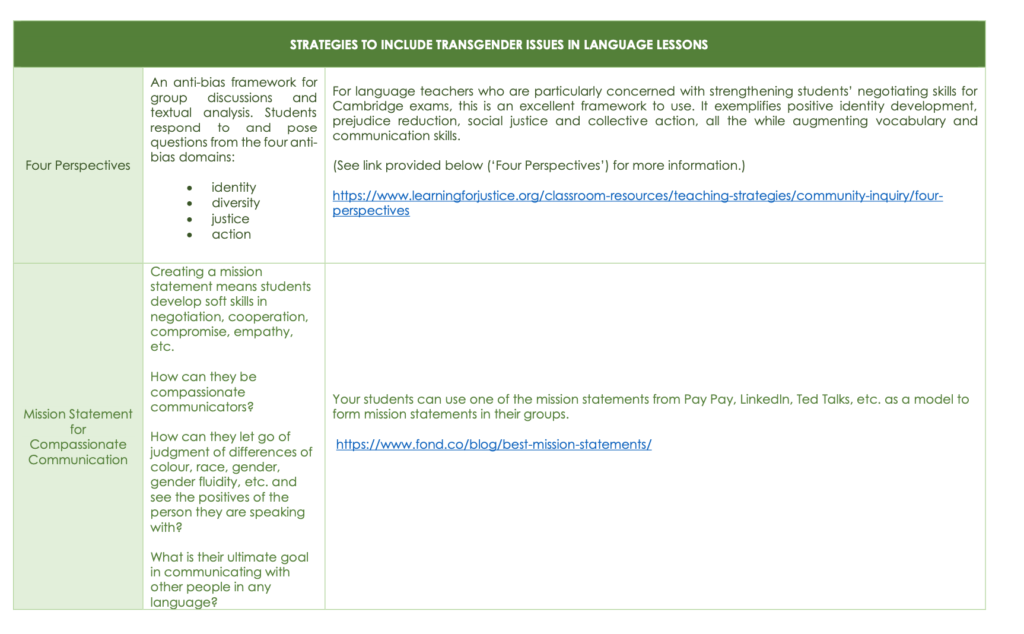
Resources:
‘5 Educator Resources’, https://www.glsen.org/resources/educator-resources
Resources to Promote Inclusion, https://medium.com/inspired-ideas-prek-12/supporting-lgbtq-students-five-resources-to-promote-inclusion-d60f70524f42
Fields, Donna, The Comprehensive Guide to Creating Phenomenon-Based Learning Projects The steps to create multi-cultural, interdisciplinary and collaborative projects
Four Perspectives, https://www.learningforjustice.org/classroom-resources/teaching-strategies/community-inquiry/four-perspectives
Gender Education and Association GEA http://www.genderandeducation.com/issues/supporting-transgender-children-in-the-primary-classroom/
scaffoldingmagic.com A website dedicated to providing dynamic and innovative activities that will help student to transition into new information.
‘Understanding Gender’ https://www.genderspectrum.org/articles/understanding-gender
Weissbuurd, Richard, ‘Leaning Out: Teen Girls and Leadership Biases’, https://liye.info/doc-viewer
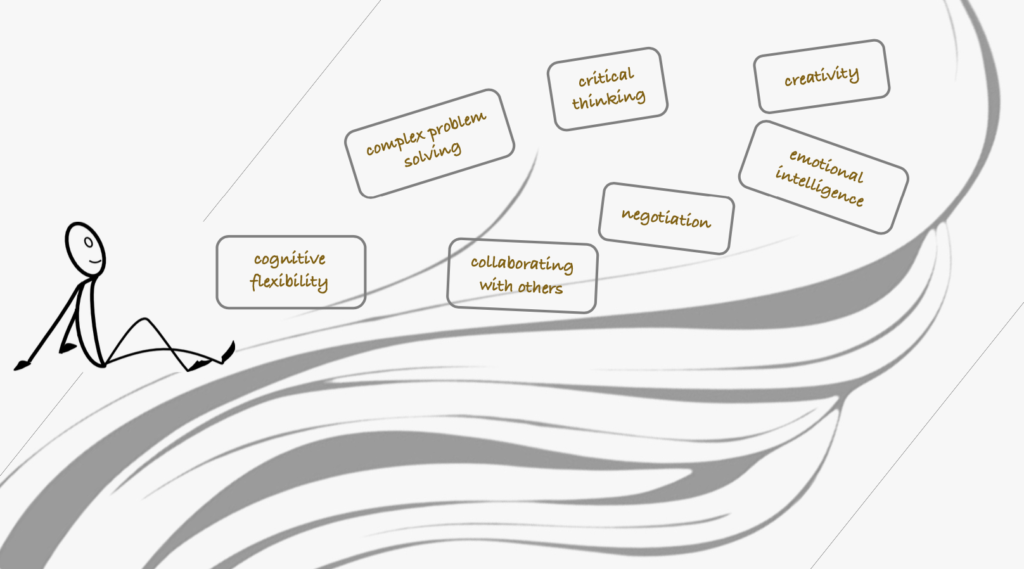
Scaffoldingmagic.com is your entryway into DYNAMIC bilingual learning methodologies, such as Phenomenon-Based Learning, CLIL, EMI, and ESL. You’ll find ways to implement critical thinking tools (DOK) to promote higher level thinking, the growth mindset, instill an ethic of excellence, deep reflection on learning, and all through multi-cultural, interdisciplinary activities. We have the keys to turning competences into action and to creating collective efficacy in your school so you move ahead as a unified, enthusiastic team.
